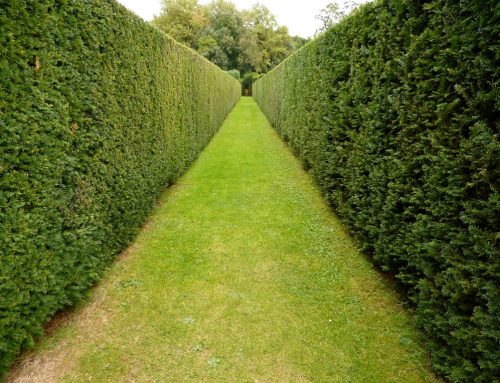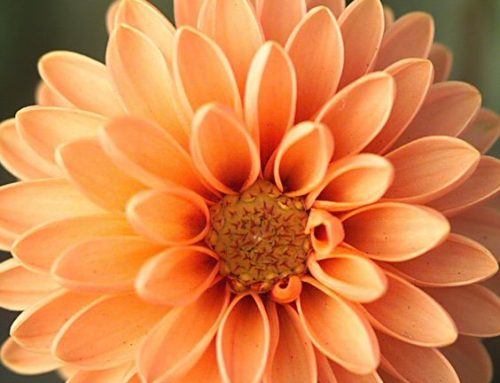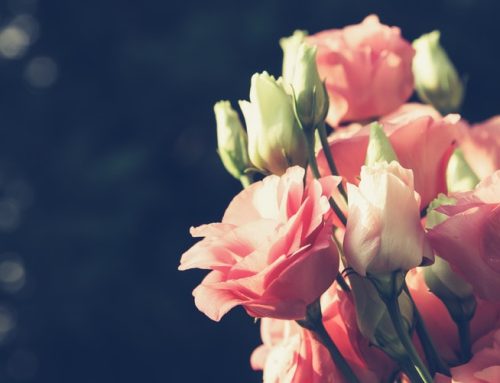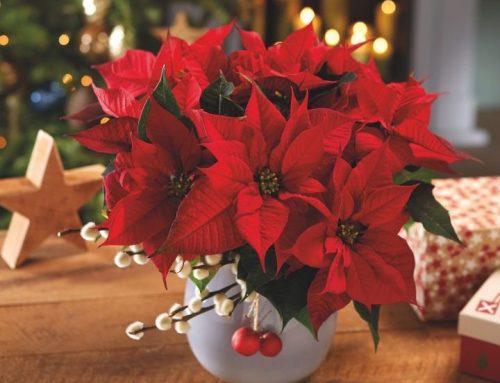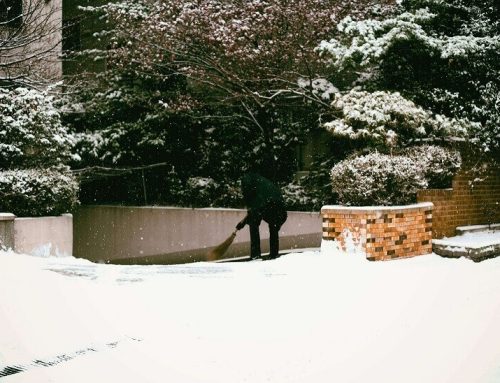How to plant a garden in your yard or home – useful tips for everyone
A beautiful garden can be a pleasure and aesthetic delight, but until you get to the desired shape and look of it, you often might have to go through some obstacles. One of the most important things about a well maintained and pristine looking garden, yard or basically any outdoor space, is the careful selection of plants and vegetation. The same pretty much applies to interior landscaping.
How to plant properly – indoors and outdoors
Planting is a fine work and the further development, growth, sustainability and shelf life of you plants depends on it. In order to enjoy the decorative effect of your chosen flowers you have to carefully observe some simple rules.
Planting in pots
Using pots is considered a classic and very reliable solution for planting. You can use a variety or different sizes garden planters. Thus arranged your flowers are indeed an excellent solution for your yard, garden, outdoor area of restaurants, pubs, kids’ corners, etc.
The first task we face is the choice of your planters. There is a huge variety of containers coming in different shapes, depths, widths, colors and so on.
A cheap and often applied solution are plastic pots, but ceramic has even more advantages and certainly look better. The use of clay and ceramics as flower containers has been known since ancient times and is still valued today.
Ceramic retains moisture longer and ensures the gradual and non-aggressive release of water into the soil mixture. Well-maintained ceramic pots are exceptionally durable and weather-resistant in the outdoors. Their visual effect is preferred when designing private gardens, patios, restaurants, hotels, restaurants, etc.
Drainage: how to
You will need some type of drainage at the bottom of your pot to take away any unnecessary quantities after watering. This will protect your plants from excessive moisture, and prevent decay of the root system and the plant itself.
For this purpose you can use some hard material such as gravel, pebbles, pieces of tile, bark, pellets, that is placed at the bottom of the pot. It is important that the drainage does not block the openings at the bottom of your pot.
The drainage layer allows the water to swell freely and prevents the substrate from rinsing. When using natural garden soil with small pebbles, the effect is almost the same.
Fill about one-tenth of the pot with gravel, pebbles, or similar material. Pour soil or substrate up to two-thirds of the pot height.
Cover your drainage with soil or fertilizer mixture (depending on the flower you plant).
Important! If you use a soil mix that is sold in most garden centers, it is good to “loosen” it up a bit beforehand. Soil mixtures are often kept in plastic bags, where the soil is quite compressed. For best planting results, soil should be able to pass air and water through air.
Planting
It is time to move the plant to a permanent pot.
Open up some space in the soil in your pot using a suitable handy tool. Use a small spatula, blade or spoon to move the plant. Be careful not to break the root structure, it may be very fragile.
Carefully place your plant in the pot by pre-making a small hole with your fingers in which to place the roots in the correct position.
it’s good to have about 2-3 cm distance from the top edge to the actual soil layer in the pot. Push the soil lightly to get the excess air out and pour some water over. Use a pot large enough.
If the soil falls too much after irrigation, you may add up a little. Under no circumstances should the root system be visible on the surface. If this happens, you may need a larger pot.
It should be placed on a suitable pad/saucer. This will help when you do not have the opportunity to water your flowers daily. In such case you can pour water into the saucer and let the plant get the proper irrigation.
[dt_gap height=“25″]
[dt_gap height=“25″ /]
[contact-form-7 id=“3114″ title=“Send Inquiry“]
[dt_gap height=“25″ /]


